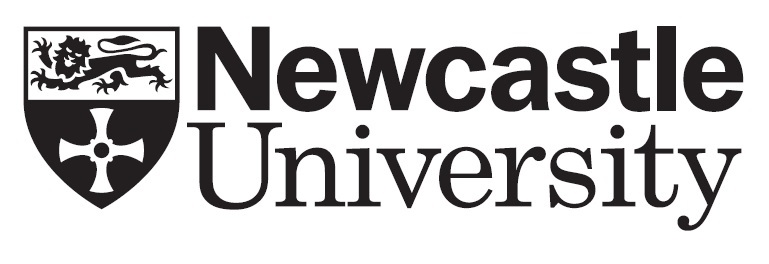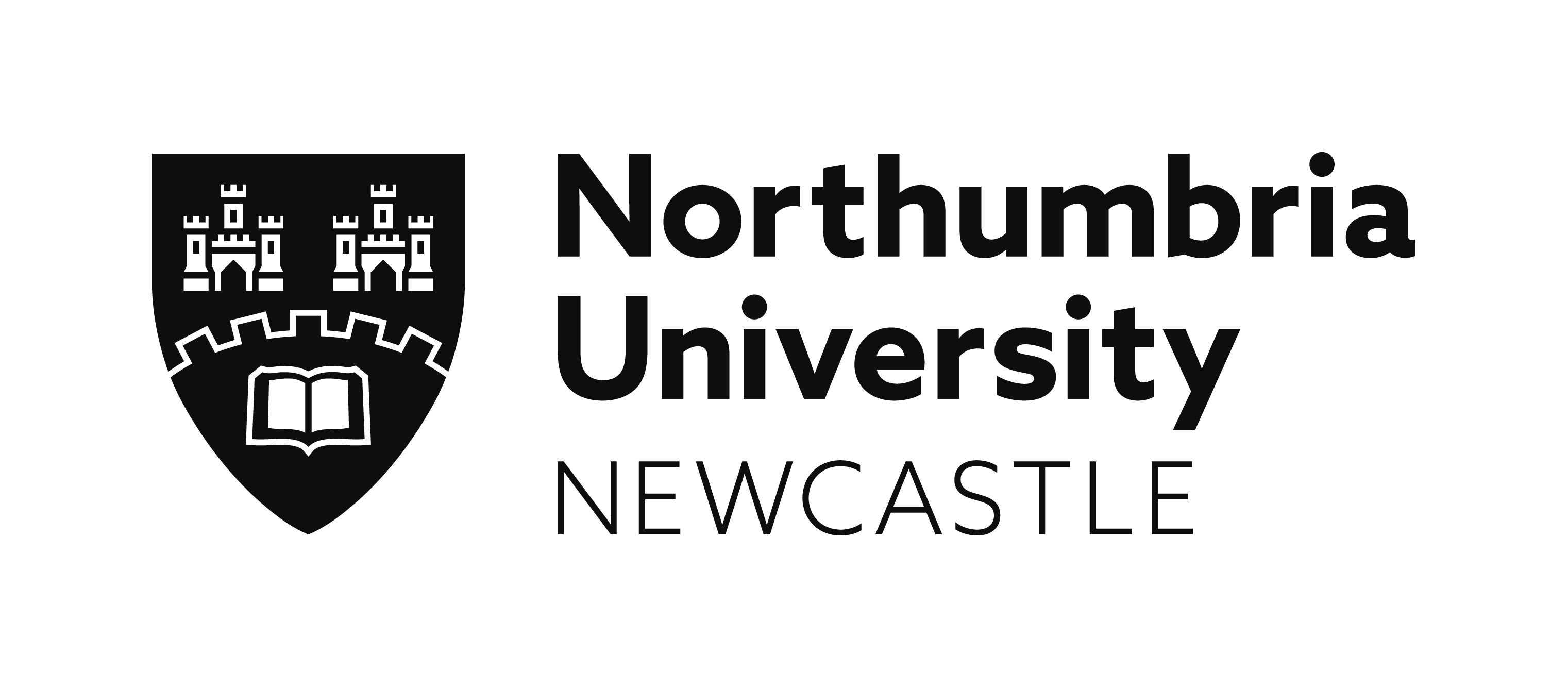What’s love got to do with it? Queer-feminist desires in researching and writing art histories
James Bell, Northumbria University
Aleksandra Gajowy, Newcastle University
Desire and sexuality have been widely discussed in art history in a variety of contexts: from the sexualising male gaze, exoticisation and fetishisation of non-whiteness, to explorations of the male nude in coded homoerotic argot. Looking into queer archives, feminist and queer art practices and histories pay particular attention to how desire may forge kinship and communities ‘across time and space’, and how desiring and affective modes of research and intellectual inquiry can become driving forces for uncovering silenced and overlooked narratives. Fantasy and turned-on imagination infused with tenderness and care may be considered effective modes of approaching the research subject and the responsibility for telling stories from the archive. This desiring approach grants the subject agency beyond the status of an object to be looked at and enables an affective, attentive relationship between researcher and the research subject.
This session will explore affective and entangled approaches to research in artistic practice and art history. We have invited papers that consider the desiring, turned on approaches to art history from any time and place. We ask, what gets you off (in art)? Or, more specifically, what drives us in selecting a research subject? How does desire shape our relationships with living subjects? How do desiring approaches translate onto art writing? What might the ethics of such queer-feminist approaches be? Moreover, what are the political efficacies in such approaches?
Speakers
Affective Encounters: Curatorial desiring and intimate world-making
Seán Elder [Wilson] (Birmingham City University and Grand Union, Birmingham)
Close Encounters: Experiences of self in the Leonor Fini archives
Andrea Kollnitz (Stockholm University)
Debris Unplugged: Queering homoeroticism in Trinidad and Tobago
Amar Wahab (York University)
Affect and the Abject: Trash(y) desires in queer artistic practice
Daniel Fountain (Loughborough University)
Re-articulating Embodied Subjectivity/Maria Lassnig and Carol Rama
Ileana Arnaoutou (University College London)
‘Have You Tried It with Three? Have You?’: Love triangles and feminist art writing
Alice Butler (Royal College of Art)
Natalie Ferris (University of Edinburgh)
Click here to download this session's abstracts or view below
Affective Encounters: Curatorial desiring and intimate world-making
Seán Elder [Wilson] (Birmingham City University and Grand Union, Birmingham)
This paper develops arguments that situate curatorial knowledge in relation to queer methodologies. Cruising, recognition, accountability and the desiring subject are centred as intersecting conditions and processes through which practices of curating can be considered. This research will elucidate kinship-in-difference and solidarity that exists in the interpersonal rather than the institutional.
Curatorial theory has so often been pre-occupied with formal conditions of objects and exhibitions, with reference to social or material qualities inevitably becoming bound up in formalist ideals of the curator as neutral mediator. In a relatively recent turn, more curatorial theory is looking towards considering how the implications of social reproduction, care work and representation can impact within curatorial institutions and practices.
What is lacking in these analyses is a consideration of how subjective encounter, intimacy and affect exists between curators and artists. This paper will look to slippery forms of encounter and intimacy as an inherent mode of working within the curatorial as/with queer subjects. With a resolutely subjective position, I will draw from previous and current curatorial projects with Jerwood Arts, Grand Union and LUX Moving Image to envision the curatorial as a structure for queer future-making.
Close Encounters: Experiences of self in the Leonor Fini archives
Andrea Kollnitz (Stockholm University)
This paper reflects on my personal process in relation to the sensually and emotionally affective materials I have experienced throughout years of research on the surrealist artist Leonor Fini (1907–96) in her Paris archives. My project explores Fini’s daily self-fashioning and dressing-up practices as a central part of her art production, intimately linked to her paintings, her spectacular public appearances, and her celebration and simultaneous queering of female beauty and the female artist’s role through image and body. She extended her art creation to self-creation through costumes, masks and fashion, portrayed in meticulously staged photographs by some of the 20th century’s most prominent photographers. Following Fini’s continuous self-transformation and transgression of fixed identities through dressing up, I have looked at thousands of dazzling photographs and paintings, read her written self-reflections, watched documentary films performing her voice, theatrical gestures, facial expressions and physical movements, and finally sensed the haptic physical effects of her garments and costumes which I touched and even wore on my own body. Going from fascination to familiarity with the artist’s visual and mental self-imagination, a sense has arisen of ‘knowing her’ truly and closely. An experience at once sensually overwhelming, engaging, even liberating, but also opening up pitfalls in its creating of illusionary closeness to a person of the past and endangering of academic values such as objectivity and detachment. A colleague told me, ‘You are still seduced by your artist’ – is this a problem with potential?
Debris Unplugged: Queering homoeroticism in Trinidad and Tobago
Amar Wahab (York University)
How do we illumine and reassemble the shadows of silenced/unwanted presences, and in doing so, how might we affectively, psychically and politically re-world the conditions through which we come into relation to ourselves? This paper extends the contemplative space of what Bruno Latour calls a ‘parliament of things’ (Latour, Bruno, 1993, p.144) through the juxtaposition and relationing of two seemingly unrelated otherly worlds – that of waste/debris and male same-sex desire – to gesture at what I term a ‘bullerman [that is, male same-sex] erotics’ as an outlaw (Alexander, 1994) carnality in the context of postcolonial Trinidad and Tobago. Drawing on scholarship in queer, feminist and postcolonial studies, I offer and analyse a collection of twelve self-made experimental artworks. The collection develops and uses imageries of ‘waste’ to contemplate what such an erotic might look like and what sorts of affective-political registers it might activate (as a queer counter-archive of public intimacy). I view the image collection as an invitation to create visual anthropological and historical scholarship to think more widely about what ‘postcolonial [homoerotic] waste’ might look like, as a way of bringing us ‘bullermen’ into a different relation to the temporalities of ourselves.
Affect and the Abject: Trash(y) desires in queer artistic practice
Daniel Fountain (Loughborough University)
This paper charts recent developments in my practice-led research which seeks to explore how waste as the abject ‘other’ of society might be representative of queer lives. My research involves utilising discarded and found objects including items such as ex-boyfriends’ shirts and stained fabrics in order to explore how crafting with such materials might navigate this assumption. Reflecting on my continuous infatuation with refuse, I wish to consider the affective, attentive relationship between (queer) researcher and the research subject (waste). In relation to my own research, the main question I therefore pose is: Why is it that many queer artists and scholars of art continue to be ‘turned on’ by the ‘undeniably compelling, not to mention frequently lyrical’ qualities of ‘grimy’ matter? (Stockton, 2006, p.101). Whilst much has been written about the abject in relation to exclusion, many scholars fail to acknowledge the ways in which Julia Kristeva (1982 pp.4-5) equally posits the abject as a form of challenge and frightening seduction – it ‘beseeches us’, ‘beckons to us’ and ‘ends up engulfing us’. I therefore attempt to rectify this by arguing that the very degraded status of waste is what makes it so very desirable to artists from marginalised groups; especially queer individuals who continue to gather up life’s outtakes and waste products, binding them into ‘fictitious but beautiful (w)holes’ (Freeman, 2010 p.xxii).
Re-articulating Embodied Subjectivity/Maria Lassnig and Carol Rama
Ileana Arnaoutou (University College London)
This paper addresses the link between the notion of contour line, the skin and the body image; posing questions of embodiment and subjectivity by drawing attention to works by Maria Lassnig and Carol Rama analysed through a psychoanalytic approach on autism. By using as analytical tools, case study-based psychoanalytic texts and ‘second-skin’ formations by Bettelheim, Bick and Tustin, this paper aims to bring to the fore the various bodily-based ‘defences’ that the autistic subject-to-be adopts in order to attain a sense of coherence, space and shape, on the basis of which the soma adopts an active stance that could allow an exploration of the carnal domain outside the norms of representation and order. Informed by writings on patients, descriptions based on the body and several graphical representations by Bettelheim’s patient Joey, this analysis will shed light on a study of the painterly quality and various descriptions of the marked contours of the work of Lassnig and Rama, offering a direct bodily encounter that binds gesture, technique and material with corporeality. The objective of this essay is to explore the extent to which the close analysis of the painterly qualities of the work on the basis of the psychoanalytic theory expands, challenges and at times reinforces the feminist nature of the work, towards an embodied and more inclusive encounter that is not limited to gender or norms of hegemonic representation; but rather embraces an inversion of ‘pathology’ to activity, claiming for production and renewal over a return of the repressed.
‘Have You Tried It with Three? Have You?’: Love triangles and feminist art writing
Alice Butler (Royal College of Art) and Natalie Ferris (University of Edinburgh)
‘My favourite one with masks is just the three of us, two reject one, or one rejects two, or all three reject each other, or equally accept’, wrote Ann Quin in Three (1966). The number three, for Ann Quin, has the power to violate, upend or exalt the connections that exist between people, words and things. Quin feels out the peculiar, paradoxical power of three, through sex, emotion, word arrangements and water. Connecting with the scholarship of Eve Kosofsky Sedgwick and Anne Carson, this paper argues that the triangular shapes that decorate Quin’s second novel, Three, open up the complexities of desire: its violence (emotional, physical), and also its ambiguity and queerness. Inspired by Quin’s lust for threes, this paper opens up the elusiveness of desire, identification, language and influence, when contained by triangles, love triangles and threesomes: not only in Quin’s abstract novel, but also in the geometric shapes of Agnes Martin, the body interventions of Rebecca Horn, the sexual passages of Kathy Acker, and the flickering, pulse machines of Liliane Lijn. This paper will co-mingle multiple voices; ‘entangle’ disciplines and practices, to enact a conversation about the number three as a ‘thing’, but also as a way of feeling and writing. It opens up the fractured, shared love that defines feminist art writing, the threesomes we encounter in writing. How are such attachments formed? How do they overlap or how can they occlude? Like entering the unknown but anticipatory space of the threesome, this ‘creative-critical’ paper of affective fragments echoes the yet-to-be-worked out relation of being in a ‘three’.
|
|
|
|
|
|
Supported by
Conference Sponsors
![]()
Sponsored by
ASSOCIATION FOR ART HISTORY
![]()
Terms & Conditions
![]()


